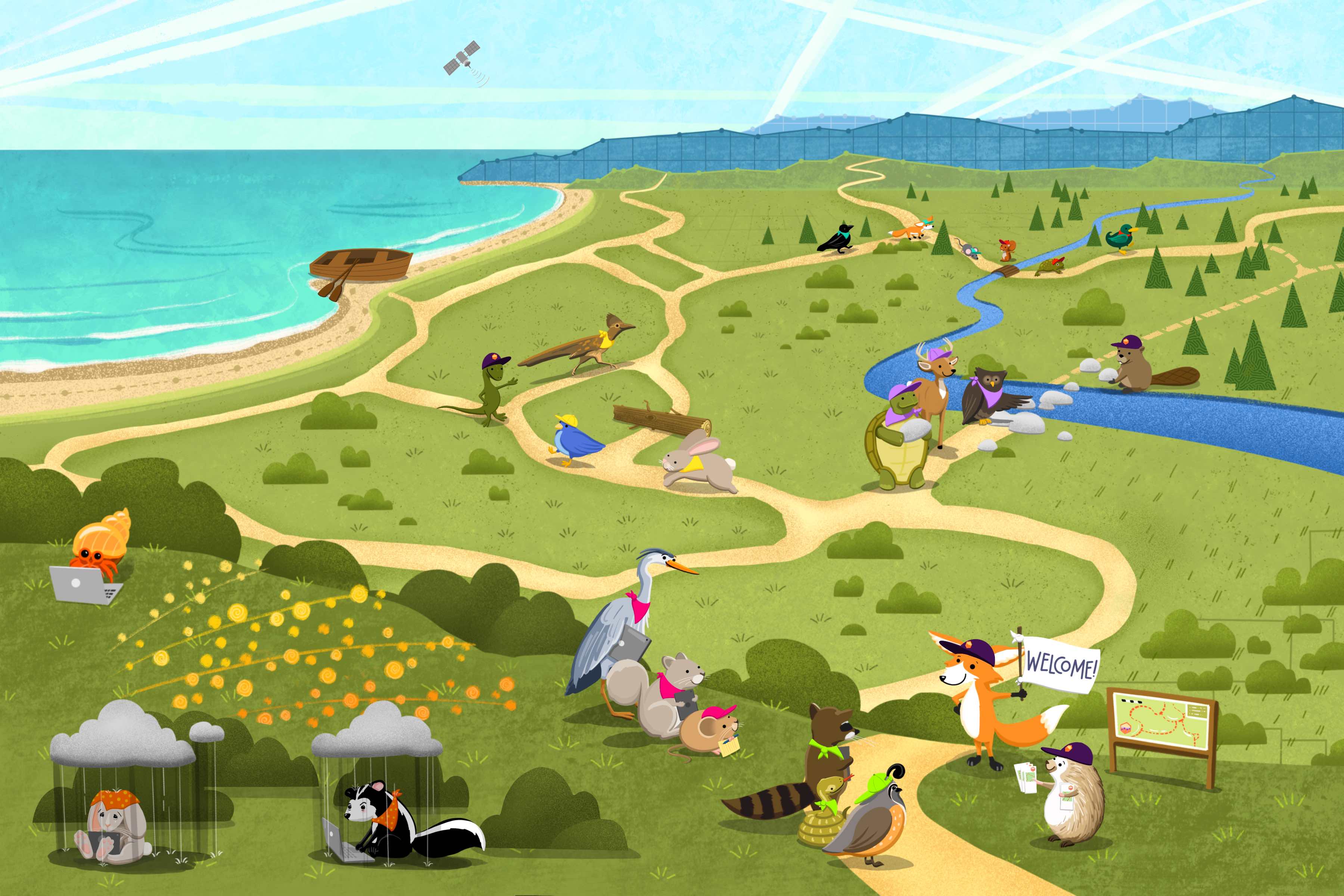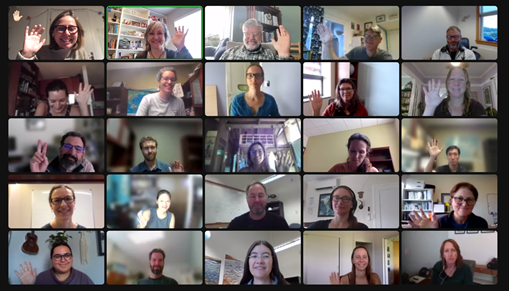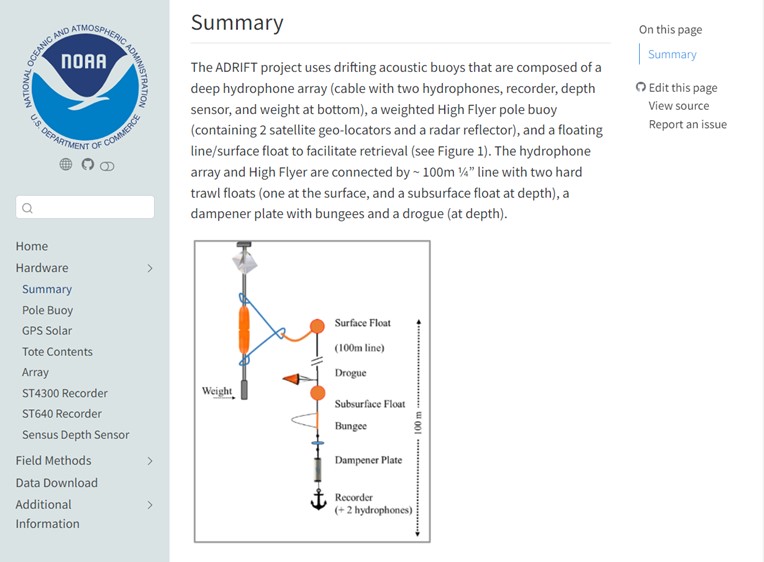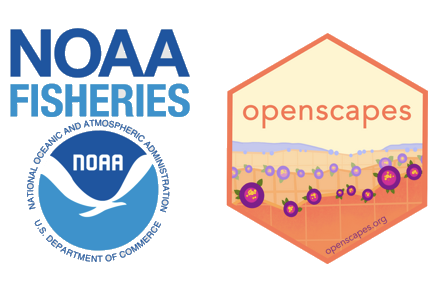Sound Bytes: Championing Open Science
This blog post is authored by Kourtney Burger and is cross-posted from the NOAA Fisheries Science blog. Kourtney works as a biological science technician with the SWFSC Acoustic Ecology Lab. She is responsible for the lab’s data management and general lab management and maintenance. Her current research interests include using passive acoustics monitoring as a non-invasive way to study marine mammals in their natural environments. When Kourtney’s not working, you can find her spending time outdoors and hanging out with her dog.
Why open science is good science

Over the last two months I participated in the Openscapes Champions: NOAA Southwest & Pacific Islands Fisheries Fall 2022 Cohort. Openscapes encompasses the Open Science movement, which includes making your research and the scientific process more accessible, reproducible, and collaborative. Before starting this workshop, the Southwest Acoustic Ecology Lab (SAEL) already incorporated the Open Science culture in many aspects of our work, but the Openscapes framework gave us the opportunity to build some Open Science habits that we were lacking and started our journey towards a more efficient and collaborative team.
Over the 2 month program, I participated in a variety of weekly meetings, where I learned about these open data science approaches, developed my teams’ science pathway, and collaborated with other Fisheries scientists. My large cohort focused on the following lessons:

Smaller co-working meetings created space for me to collaborate with colleagues at other Fisheries science centers. In one of our first co-working sessions, I met with our colleagues at the Pacific Islands Fisheries Science Center where we shared ideas for using GitHub and other Open Science tools. These conversations gave me insight on how others were using GitHub, as well as how we could move forward with it as our main home for all of our lab documentation.
Seaside Chats with our SAEL team allowed those of us attending the Openscapes workshop to share our newfound knowledge and experience so we could make our science more open. During these sessions, we streamlined our science pathways, documented our methods through GitHub, and had general team strategy discussions.
My favorite tool I was introduced to was Quarto (an open source scientific and technical publishing system). My team and I quickly realized that this was the perfect tool for transferring everything from our messy Google Drives to GitHub! To put this into action, I transferred our recently revamped Adrift Field Methods manual to a Quarto web book. Previously, it was sitting in a google drive where it wasn’t easy to find and had accessibility issues. In just a couple hours, I was able to easily make a new repository, copy a Quarto template, and transfer the google document to a GitHub repository and an easy to navigate website! As we continued to transfer documents from google drives to GitHub, it became easier to find and share things, and the stress associated with file management drastically decreased.

Going into this program, our team culture fully embraced the Open Science movement. Openscapes pushed us to dive deeper into specific tools and strategies that will allow our science, methods, and lab culture to live beyond the current members of our team. Moving forward, we will continue to develop our GitHub as a living home for all of our lab manuals, methods, and shared resources.
Openscapes gave me a breath of fresh air as I learned that data science shouldn’t be tiresome, and that there are an abundance of resources and communities to help me and my team along our Open Science pathway. This Open Science framework, the tools we learned, and the communities we have developed will allow us to continue to grow as individual scientists and as a team, as we transform our science to be more open, reproducible, and sustainable for years to come.
